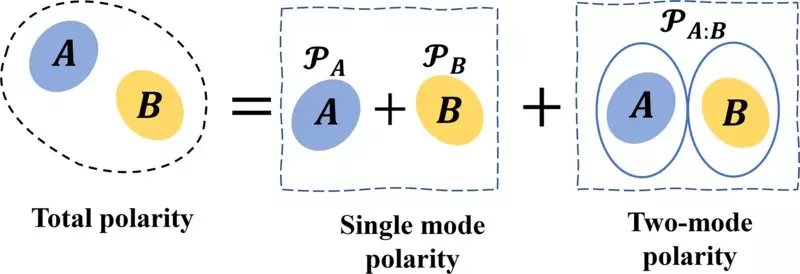At the heart of quantum information science lie two pivotal phenomena: superposition and entanglement. These properties not only underpin the theoretical framework of quantum mechanics but also serve as cornerstone elements for groundbreaking applications in quantum computing and communication. Superposition enables a particle to exist in multiple states at once, providing a vast computational space that classical computers cannot traverse. Meanwhile, entanglement creates a fascinating binding of particles, maintaining a collective state even across significant distances. Physicist Wenchao Ge from the University of Rhode Island emphasizes their indispensable nature, stating, “Without superposition and entanglement, no quantum-enhanced application would exist.”
As research advances, understanding the interplay between these two properties becomes increasingly essential. This article evaluates their significance, recent breakthroughs, and potential implications for future quantum technologies.
Recent theoretical progress led by Wenchao Ge and his research team at Texas A&M, Jiru Liu and M. Suhail Zubairy, sheds new light on quantifying superposition and entanglement. Their study, published in Physical Review Letters under the title “Classical-Nonclassical Polarity of Gaussian States,” advances our grasp of these two quantum resources by establishing a unified mathematical framework. By situating superposition and entanglement within a single quantitative measurement, the researchers highlight an essential relationship that could influence various quantum applications.
The motivation behind this research is clear: while significant strides have been made in understanding each property separately, a concrete and interrelated evaluation has remained elusive. Ge’s groundbreaking work seeks to bridge this knowledge gap, potentially revolutionizing how scientists quantify and utilize these fundamental features in practical applications.
Quantification of quantum properties marks a notable stride in the field. The research reveals that it is possible to transform these properties from one form to another, thus increasing flexibility in harnessing quantum resources. As Ge points out, “Sometimes in quantum mechanics, one resource may be difficult to prepare. If you could have the other type of resource, you can convert between these resources.” This transformative capacity not only enhances the practical use of quantum states but also opens avenues for innovative approaches in quantum information processing.
Previous investigations had explored quantitative relationships within specific configurations, such as two- or three-mode Gaussian states. Ge and his associates took this a step further, creating a comprehensive measure of classical-nonclassical polarity specifically applicable to single and multi-particle systems. This unification of two fundamental quantum effects is a noteworthy contribution to quantum mechanics.
Ge and his collaborators firmly believe that their findings can provide a robust foundation for future exploration of other crucial quantum properties. As the world increasingly turns towards quantum computing, sensing, and communications, understanding and quantifying resources effectively becomes paramount. Not only could this new measure facilitate the practical application of quantum theories, but it also serves to streamline resource allocation in technology development.
Moreover, the potential to extend this quantitative relationship beyond Gaussian states opens exciting prospects for the field. The conjecture that such a relationship may exist for higher-dimensional systems creates opportunities for novel findings in advanced quantum physics. Ge expresses optimism about future studies, suggesting that the established principles could eventually encompass even more complex systems.
The relationship between superposition and entanglement is critical to unlocking the full potential of quantum applications. The innovative analysis conducted by Wenchao Ge and his team paves the way for a new direction in understanding and quantifying these essential properties. As researchers delve deeper into the intricacies of quantum mechanics, embracing a unified measurement approach may lead to enhanced operational mechanisms for computation and communication technologies.
Ultimately, as physicists continue to unravel the complexities of quantum interactions, efforts to bridge the divide between classical and nonclassical resources may produce revolutionary insights that reshape our technological landscape for years to come.

